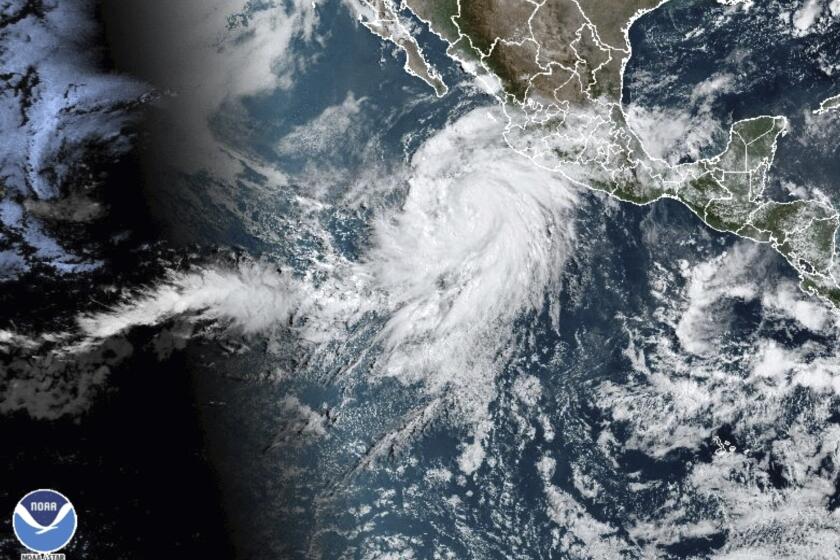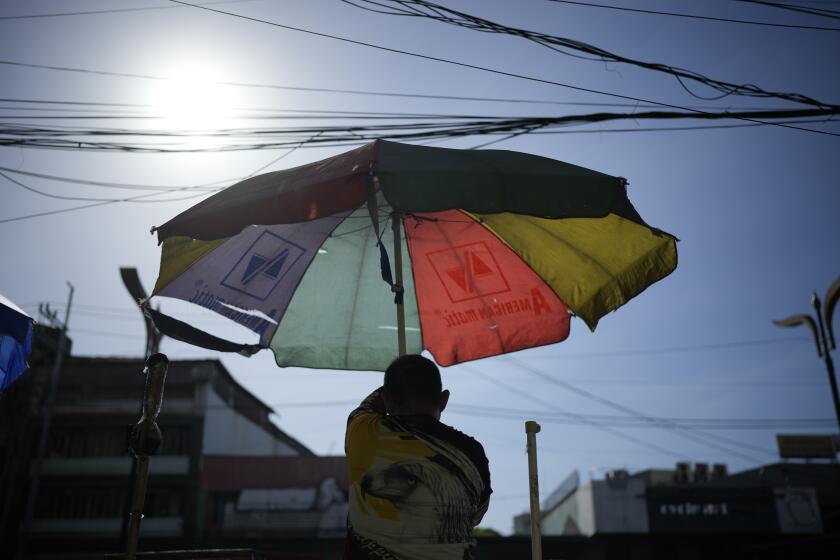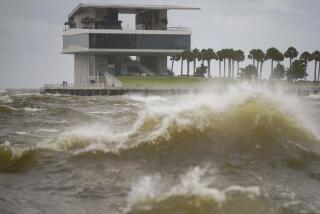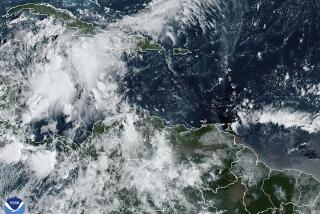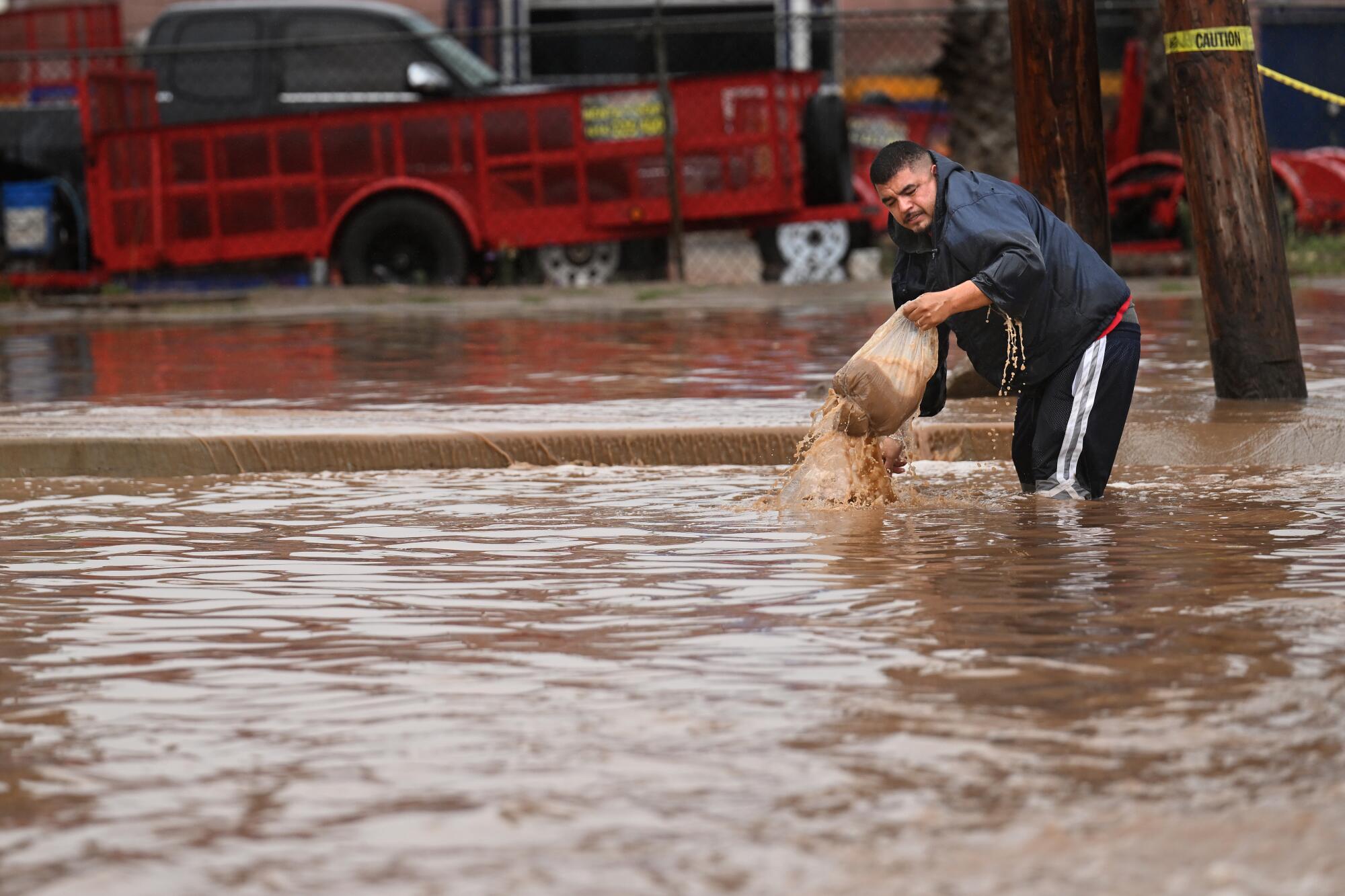
Near-record ocean temperatures and a strengthening La Niña could spell trouble for the East Coast of the United States, with federal forecasters warning of an 85% chance of above-normal Atlantic hurricane activity this year, and predicting as many as 25 named storms.
“All the ingredients are definitely in place to have an active season,” said Ken Graham, director of the National Weather Service, during a briefing this week. “It’s reason to be concerned, of course, but not alarmed. We need to use this time to our advantage to really be prepared for the hurricane season.”
But conditions on the West Coast may be calmer than last year, when a rare storm swirled off the coast of Baja California before making landfall in early August. By the time it reached Southern California, Hurricane Hilary had been downgraded to a post-tropical low, yet it still wrought some devastation.
In Mexico, Hilary damaged or destroyed at least 87 homes as it dropped more than a foot of rain in northern portions of Baja California Sur. The storm also prompted the first-ever tropical storm watches and warnings issued in Southern California, where it broke several daily rainfall records, washed out streets, damaged homes and caused widespread power outages, among other issues.
Aggressive and impactful reporting on climate change, the environment, health and science.
The good news is this season’s outlook appears quieter for California and the West. The forecast for the eastern Pacific hurricane season indicates a 60% chance of a below-normal storm activity, according to the National Oceanic and Atmospheric Administration.
That includes an estimated 11 to 17 named storms, with four to nine of those storms developing into hurricanes. Between one and four of those could turn into major hurricanes — category 3, 4 or 5 — with winds of 111 mph or higher.
The numbers are below normal for the eastern Pacific basin, which typically averages 15 named storms and eight hurricanes in a season. The active 2023 eastern Pacific hurricane season saw 17 named storms, including Hilary and nine other hurricanes.
NOAA officials said the rosier outlook is in part due to the anticipated development of La Niña later this year.
The climate pattern in the tropical Pacific is associated with cooler, drier conditions in Southern California and is major driver of weather patterns across the world. The odds of eastern Pacific storms are much higher when it its counterpart, El Niño, is present — as was the case when Hilary hit last year.
But El Niño is waning, with a transition to neutral conditions likely in the coming weeks. There is a 49% that La Niña will develop in June or August, and a 69% chance it will develop between July and September, according to NOAA.
An unprecedented tropical storm watch has been issued for Southern California as Hilary barrels north toward the United States.
That means California’s counterparts on the East Coast may not fare so well. As many as 13 of the anticipated 25 named storms are forecast to become hurricanes with winds of 74 mph or higher. Four to seven of them could be major hurricanes.
“This season is looking to be an extraordinary one in a number of ways, based on our data and models, with the El Niño/La Niña playing out a significant role,” NOAA administrator Rick Spinrad said. “The key this year, as in any year, is to get prepared and stay prepared.”
Officials attributed the stormy Atlantic outlook to a confluence of factors including record-warm ocean temperatures; reduced Atlantic trade winds and wind shear; and the development of La Niña.
Ocean temperatures have been boiling for months as the planet continues it streak of record-breaking warmth. In July, temperatures off the coast of Florida soared to 101 degrees, the temperature of a hot tub. Such ocean heat creates more energy to fuel Atlantic storm development, Spinrad said.
“We know warm sea surface temperatures are an important factor in rapid intensification of tropical cyclones to major hurricane status,” he said.
With an average surface temperature of 59.05 degrees, the month was about 0.25 of a degree warmer than the previous hottest April, in 2016.
La Niña also tilts the odds toward Atlantic hurricane activity because it tends to reduce wind shear in the tropics. Light winds allow hurricanes to grow in strength and also minimize ocean cooling.
“You really look at all these, all the different patterns, and they all come together to make this big forecast,” Graham said. “I’ve seen strong storms hit warm water and weaken only because of shear.”
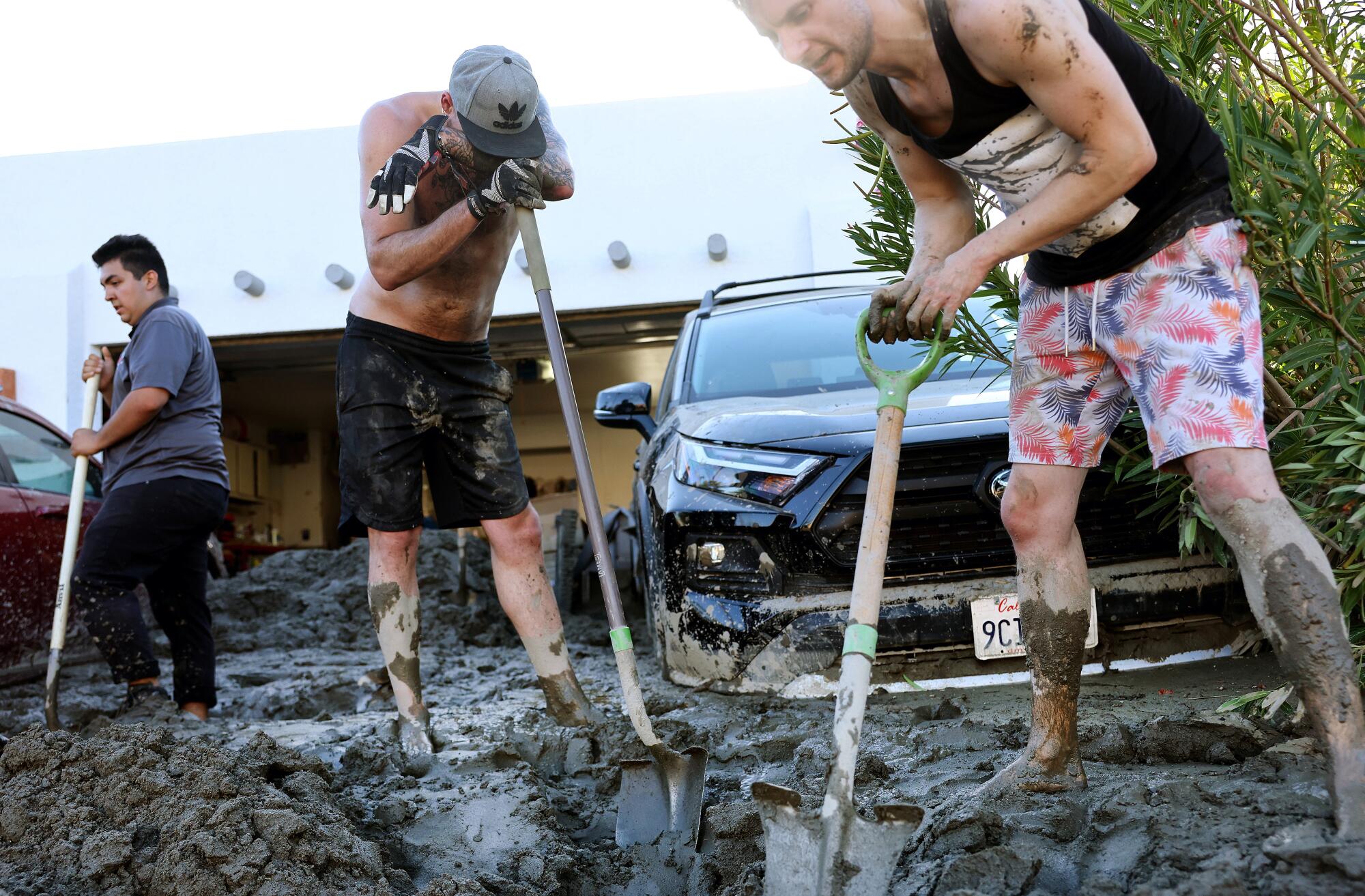
He and other officials noted that hurricanes and their associated wind, floods and storm surges can produce damage that affects residents and local economies for months or even years after a storm has passed.
Though most activity last season remained offshore of the U.S., Atlantic tropical cyclones caused approximately $4 billion in damage. That number rises to nearly $5 billion with the impacts of Hurricane Hilary added in.
“The impacts can go far beyond the actual impact of the storm,” Erik A. Hooks, deputy director of the Federal Emergency Management Agency, said during the briefing. “These storms, like Hurricane Ida and Hilary, can have significant impacts hundreds of miles inland.”
By the end of its run, Hilary had contributed to more than $900 million in damage in the United States and Mexico and at least three fatalities. The storm triggered debris flows in San Bernardino County, crumbled roadways in Death Valley and flooded communities in the Coachella Valley.
Hooks urged people to develop a clear understanding of their own unique risks — such as medication that requires refrigeration or medical devices that require electricity — before storm season kicks in, and to have a plan in place.
“Now is the time to ask yourself these questions,” he said. “It’s about anticipating risks, taking steps to mitigate them, taking action — which in turns helps jump start a recovery after the emergency passes.”
The eastern Pacific hurricane season runs from May 15 to Nov. 30, with peak activity typically occurring between July and September. The official start of the Atlantic hurricane season begins June 1.
More to Read
Sign up for Essential California
The most important California stories and recommendations in your inbox every morning.
You may occasionally receive promotional content from the Los Angeles Times.

